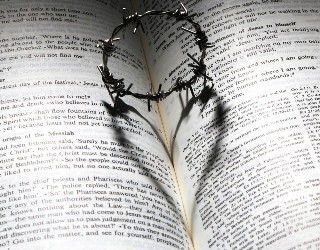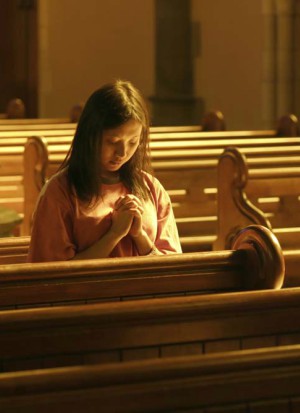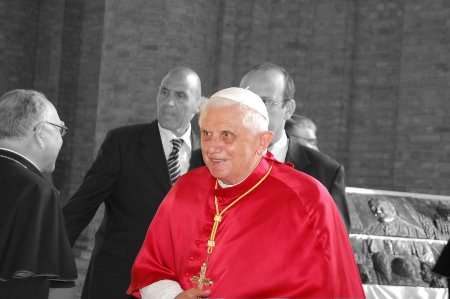We ask you, humbly: don't scroll away.
Hi readers, it seems you use Catholic Online a lot; that's great! It's a little awkward to ask, but we need your help. If you have already donated, we sincerely thank you. We're not salespeople, but we depend on donations averaging $14.76 and fewer than 1% of readers give. If you donate just $5.00, the price of your coffee, Catholic Online School could keep thriving. Thank you.Help Now >
Porphyreon
FREE Catholic Classes
Titular see, suffragan of Tyre in Phoenicia Prima. It is described in the "Notitia Episcopatuum" of Antioch as belonging to the sixth century (Echos d'Orient, X, 1907, 145), but does not appear in that of the tenth century (op. cit., 97). Lequien (Oriens christ., II, 829 32) mentions five of its bishops : Thomas, 451; Alexander, at the end of the fifth century; Theodore, 518; Christophorus, 536; and Paul (contemporary of Justinian II), 565 78. There were two Porphyreons in this province, one, described by Scylax (civ, ed. Muller) north of Sidon and also by Palerin of Bordeaux (Itinera hierosolymitana, ed. Geyer, 18) eight miles from Sidon, is now the village of E1 Djiyeh, in the midst of the beautiful gardens between Saida and Beirut, near the Khan en Nebi Yunès; a second Porphyreon, according to the Pseudo Antoninus (Itinera hierosolymitana, 161), may be located six or seven miles north of Carmel. Historians of the Crusades ( William of Tyre and James of Vitry) confound this town with the modern Caipha. The latter corresponds to our see. In fact Saint Simeon Stylite the Young, contemporary of Paul Bishop of Porphyreon, affirms ( Mansi, "Conciliorum collectio", XIII, p. 160) that the episcopal town may be found near Castra, a place inhabited by the Samaritans. Now, in the same epoch the Pseudo Antoninus (op. cit., 160) locates the "Castra Samaritanorum a Sucamina (Caipha) milliario subtus monte Carmelo" south of Porphyreon. The identification is therefore incontestible. The church of Porphyreon, dedicated to the Blessed Virgin, was not built by Justinian II but by Justinian I (Procopius, "De Aedificiis", V, ix; "Historia arcana", xxx). The ruins of Porphyreon should be found near Belus, the Nahr Namein, in the sands of which may still be seen the murex brandaris and the murex trunculus (thorny shell fish), from which is extracted the famous purple dye of Tyre, and which has given its name to Porphyreon.
We ask you, humbly: don't scroll away.
Hi readers, it seems you use Catholic Online a lot; that's great! It's a little awkward to ask, but we need your help. If you have already donated, we sincerely thank you. We're not salespeople, but we depend on donations averaging $14.76 and fewer than 1% of readers give. If you donate just $5.00, the price of your coffee, Catholic Online School could keep thriving. Thank you.Help Now >








 Daily Readings for Thursday, April 18, 2024
Daily Readings for Thursday, April 18, 2024 St. Apollonius the Apologist: Saint of the Day for Thursday, April 18, 2024
St. Apollonius the Apologist: Saint of the Day for Thursday, April 18, 2024 Aspiration: Prayer of the Day for Thursday, April 18, 2024
Aspiration: Prayer of the Day for Thursday, April 18, 2024


